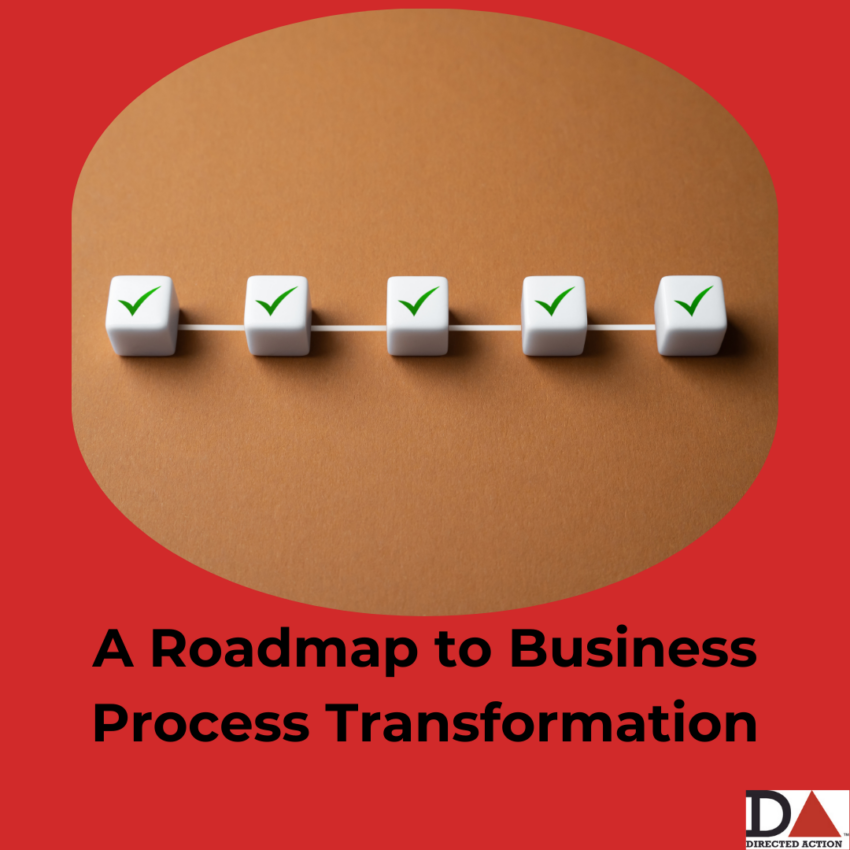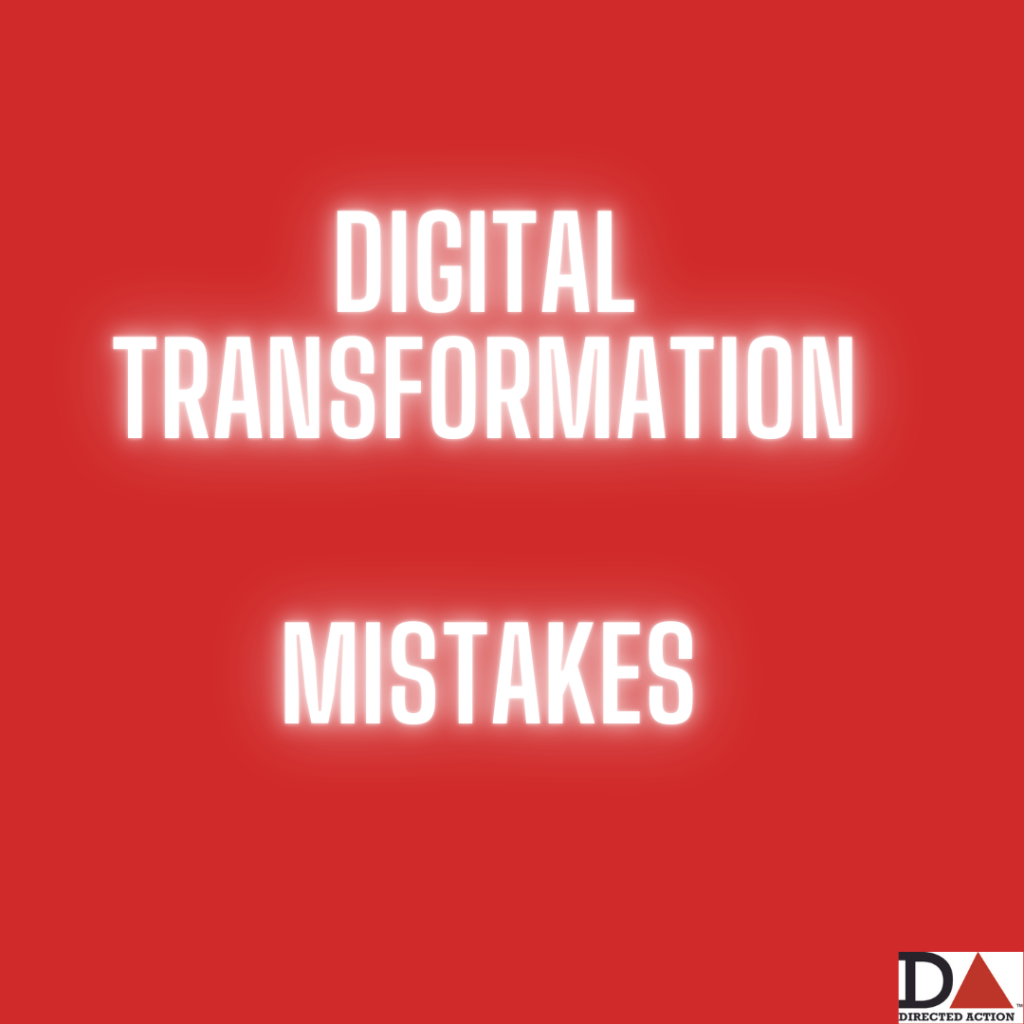In today’s rapidly evolving business environment, organizations must continuously adapt to stay competitive. Business process transformation (BPT) is a strategic approach that enables companies to overhaul inefficient processes and integrate new technologies, fostering growth and innovation. Successful transformation involves a structured, collaborative approach, ensuring that changes are not only implemented but fully embraced across all levels.
In our work managing complex transformations for clients, we employ a four-step approach to BPT, grounded in stakeholder engagement, process optimization, and change management.
1. Understand the Current State
Before any transformation can begin, it’s essential to have a clear understanding of your current processes. This phase involves gathering artifacts, identifying pain points, and conducting an in-depth analysis to uncover inefficiencies.
- Artifact Collection: Start by collecting all relevant documents, data, and process maps. This provides the foundation for understanding the existing workflows and organizational structure.
- Stakeholder Interviews: Engaging with key stakeholders through interviews is crucial. These conversations help uncover bottlenecks, challenges, and inefficiencies from the people directly involved in the day-to-day operations.
- Current State Analysis: Using the data and feedback collected, conduct a thorough analysis to map out existing processes. Identify pain points and potential areas of improvement, which will serve as the focal points for transformation.
2. Map the Future State
Once the current state is understood, it’s time to map the desired future state. This step involves envisioning how processes should function, defining improvements, and working collaboratively to create a blueprint for change.
- Future State Mapping: Using tools like process maps and flowcharts, clearly define how the future state processes will look. This gives everyone a visual understanding of what the end result should be.
- Big Room Workshops: Toyota’s “big room” concept is invaluable during this phase. By gathering all stakeholders in one place, teams can collaboratively map the future state, pinpoint change points, and assess impacts in real time. This approach ensures alignment and a shared vision.
- Impact Analysis: After defining the future state, conduct a detailed impact analysis to evaluate how proposed changes will affect processes, roles, and technology. This ensures that the organization is prepared for the transition and can address potential risks.
3. Joint Creation of Integrated Process Flow
Transformation is a collaborative effort, and the next step is creating an integrated process flow that reflects the changes and ensures smooth implementation.
- Straw Man Creation: Start by developing a draft, or “straw man,” of the future state process. This initial model provides a working version that can be refined through feedback.
- Design Phase: Identify key change points and design the transition to the new process. This includes redefining roles and responsibilities, as well as determining what technological updates are necessary.
- Integrated Process Flow: Collaboratively create a final, detailed process flow for the future state. This flow should align processes with roles, responsibilities, and technology for seamless operation.
4. Change Management Plan
A well-executed change management strategy is critical to ensuring the success of business process transformation. The key is to guide stakeholders through the transition and ensure their buy-in at every step.
- Change Management Strategy: Develop a comprehensive plan that includes communication, training, and ongoing support. This will help employees understand the changes, why they are happening, and how they will benefit the organization.
- Stakeholder Engagement: Keep stakeholders involved throughout the process to maintain buy-in. Regular updates and collaborative discussions are crucial for addressing concerns and ensuring alignment.
- Implementation: The final step is rolling out the new processes. This phase should follow the established change management plan, ensuring all teams are trained, supported, and equipped to embrace the new workflows.
Key Concepts in Business Process Transformation
Several guiding principles support the success of business process transformation, ensuring long-lasting and meaningful results.
- Toyota’s JKK Philosophy: This philosophy emphasizes quality at the source, meaning employees should not accept, create, or pass on defects. By embedding this mindset into process transformation, organizations can drive improvements that prevent errors and enhance quality.
- Stakeholder Management: Successful BPT depends on active engagement and collaboration. Workshops, clear communication, and regular touchpoints ensure that all stakeholders are aligned with the transformation goals.
- Process and Role Integration: Changes in processes must be accompanied by appropriate changes in roles and responsibilities. This ensures that the new workflows are sustainable and that employees are empowered to execute them effectively.
- Technology Alignment: Any process improvements should be aligned with the necessary technological changes. Ensuring that technology supports the new processes will result in smoother operations and increased efficiency.
Conclusion
Business process transformation is not just about changing processes—it’s about creating an organization that is agile, efficient, and capable of sustaining growth. By understanding the current state, mapping the future state, jointly creating integrated process flows, and executing a robust change management plan, organizations can achieve meaningful and lasting transformation. Through collaboration and careful planning, businesses can align their processes, roles, and technology to drive better results and a more sustainable future.



